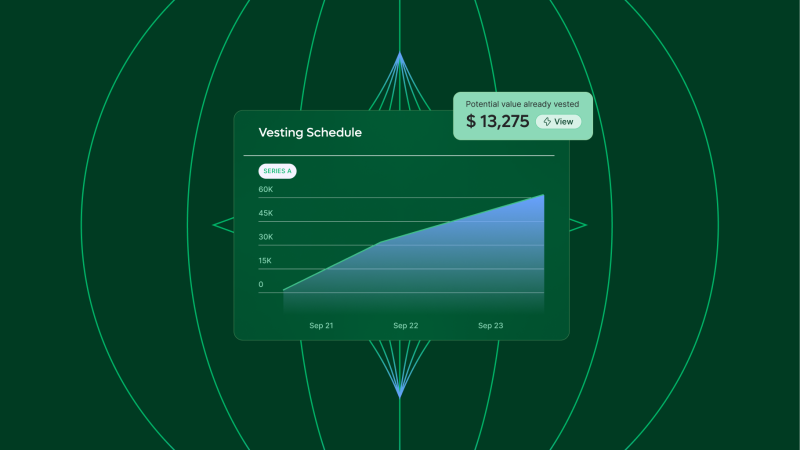Definition
Examples
Considerations
Key points
What is a Work-From-Home (WFH) stipend?
A Work-From-Home (WFH) stipend is a specific amount of money provided by an employer to their employees to cover the costs of setting up a functional, comfortable, and productive home office. This is not part of the regular salary, but an additional benefit given to facilitate effective remote work.
Why is this important for an HR leader? When managing a global team, creating an environment where everyone can perform their best, regardless of location, is key. A WFH stipend aids in this by ensuring team members have the necessary resources to work effectively from home.
Examples of work from home stipends
The stipend may cover expenses like high-speed internet, ergonomic furniture, or technology equipment like computers or headphones. It can even help pay for utilities like electricity, which may increase with WFH arrangements.
Management considerations
As an HR leader, consider these points when thinking about a WFH stipend:
Fairness and Equality: A WFH stipend helps maintain fairness among team members. It ensures that everyone has a conducive work environment, regardless of personal circumstances.
Productivity and Engagement: Proper home office setup can increase productivity and engagement. If your team has the right tools and a comfortable workspace, they can focus better on their work, leading to better results.
Attracting and Retaining Talent: In a global market, offering a WFH stipend can make your organization more appealing to prospective employees. It also shows your current employees that you care about their wellbeing, helping to retain talent.
Cost-effectiveness: While there is an upfront cost, a WFH stipend could save you money in the long run. It could reduce the need for office space and lower overhead costs, including utilities and office supplies.
Compliance and Tax Implications: Be aware of local laws and regulations around WFH stipends in different countries. Consult legal and finance experts to ensure you're compliant and understand potential tax implications.
Key points
As an HR leader, it's important to clearly communicate the WFH stipend — who is eligible, what it covers, how to claim it, and any terms and conditions. Regularly review and update the policy to ensure it continues to meet the needs of your team and aligns with your organization's goals.
In conclusion, a WFH stipend is an essential tool for HR leaders managing global teams. It supports employee wellbeing and productivity, promotes fairness, and can even save costs in the long term. As with any policy, careful planning and regular review are crucial to ensure it effectively meets your organization's needs.
Applying your knowledge
Adjust Stipend Periodically: Regularly review and update the stipend amount to reflect current costs and employee needs.
Clear Guidelines and Processes: Ensure employees have easy access to straightforward instructions for claiming the stipend.
Fair Distribution: Consider regional cost differences and individual circumstances to ensure equitable stipend allocation.
Monitor Usage and Impact: Track how the stipend is used and assess its effect on employee productivity and satisfaction.
Gather Employee Feedback: Regularly collect employee input to fine-tune the stipend policy.
Reflect Company Values: Align the stipend policy with the company's culture and values, like sustainability.
Trending terms
WFH stipend
Transform spaces, elevate workplaces
Boomerang Employee
Old legends, new triumphs
Fringe Benefits
Upgrading the daily grind
Absence management
Balancing work and well-being
Disregarded entity
Simplified structure, full control
Inputed income
Quietly counted compensation
Nepotism
Competence, not cousins
Upward mobility
Scaling heights, sans vertigo


